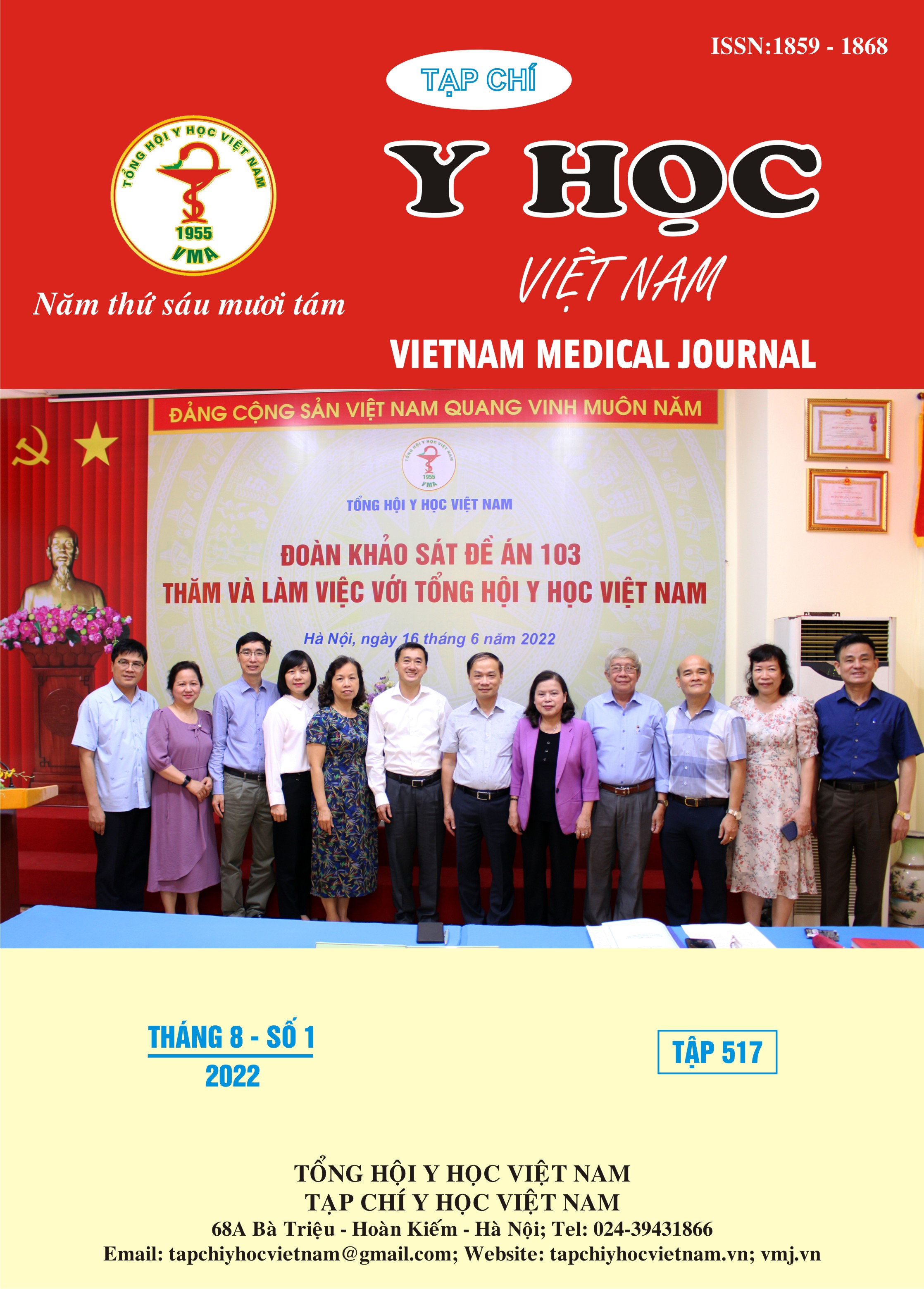KHẢO SÁT SỰ THAY ĐỔI NGƯỠNG ĐAU VÙNG MẶT KHI NHĨ CHÂM TRÊN NGƯỜI TÌNH NGUYỆN KHỎE MẠNH
Nội dung chính của bài viết
Tóm tắt
Nghiên cứu thử nghiệm này được thực hiện để khảo sát sự thay đổi về ngưỡng đau vùng mặt ở những người tình nguyện khỏe mạnh trước và sau khi áp dụng phương pháp nhĩ châm trên tai bên trái. Tổng số 33 tình nguyện viên khỏe mạnh có chỉ số huyết động trong giới hạn bình thường được tiến hành nhĩ châm tại huyệt Thần môn (TF4), Giao cảm (AT4), Hàm (LO3) và Răng (LO1) bên tai trái. Sau 7 ngày, những người tham gia được giả nhĩ châm tại các huyệt tương tự. Ngưỡng đau ở cả nửa mặt bên trái và nửa mặt bên phải sau khi nhĩ châm tăng có ý nghĩa thống kê so với ngưỡng đau trước khi châm (p <0,05), không phát hiện sự khác biệt có ý nghĩa thống kê ở giai đoạn dùng giả châm. Những phát hiện này cho thấy rằng nhĩ châm có thể được sử dụng như một phương pháp bổ trợ không dùng thuốc để giảm đau vùng mặt.
Chi tiết bài viết
Từ khóa
Nhĩ châm, ngưỡng đau vùng mặt, chỉ số huyết động
Tài liệu tham khảo
2. Anthony Oliveri, Jo Clelland, James Jackson, Cheryl Knowles. Effects of auricular transcutaneous electrical nerve stimulation on experimental pain threshold. Phys Ther, 1986, 66 (1), pp. 12-6.
3. Denise Hollanda Iunes, Érika de Cássia Lopes Chaves, Caroline de Castro Moura, Bruna Côrrea, et al. Role of Auriculotherapy in the Treatment of Temporomandibular Disorders with Anxiety in University Students. Evid Based Complement Alternat Med, 2015, pp. 4301-43.
4. Franklin Teixeira de Salles-Neto, Janice Simpson de Paula, João Gabriel de Azevedo José Romero, Camila Megale Almeida-Leite. Acupuncture for pain, mandibular function and oral health-related quality of life in patients with masticatory myofascial pain: A randomised controlled trial. J Oral Rehabil, 2020, 47(10), pp. 1193-1201.
5. Luigi Gori, Fabio Firenzuoli. Ear acupuncture in European traditional medicine. Evidence-based complementary and alternative medicine, 2007, 4 (1), pp. 13-6.
6. Simmons M. S., Terry Oleson. Auricular electrical stimulation and dental pain threshold. Anesth Prog, 1993, 40 (1), pp. 14-9.
7. Terry Oleson. Neurophysiological Basis of Auricular Acupuncture. Clinical Acupuncture, 2001, pp. 97-112.
8. Wei Hou-Pu, Cheng Hsu-Hsin, Wen Lin-Yi, Ying Tang-Nou, Yi Cheng-Chin, Liang Hsieh-Ching. The History, Mechanism, and Clinical Application of Auricular Therapy in Traditional Chinese Medicine. Evidence-based complementary and alternative medicine, 2015, pp. 495684


